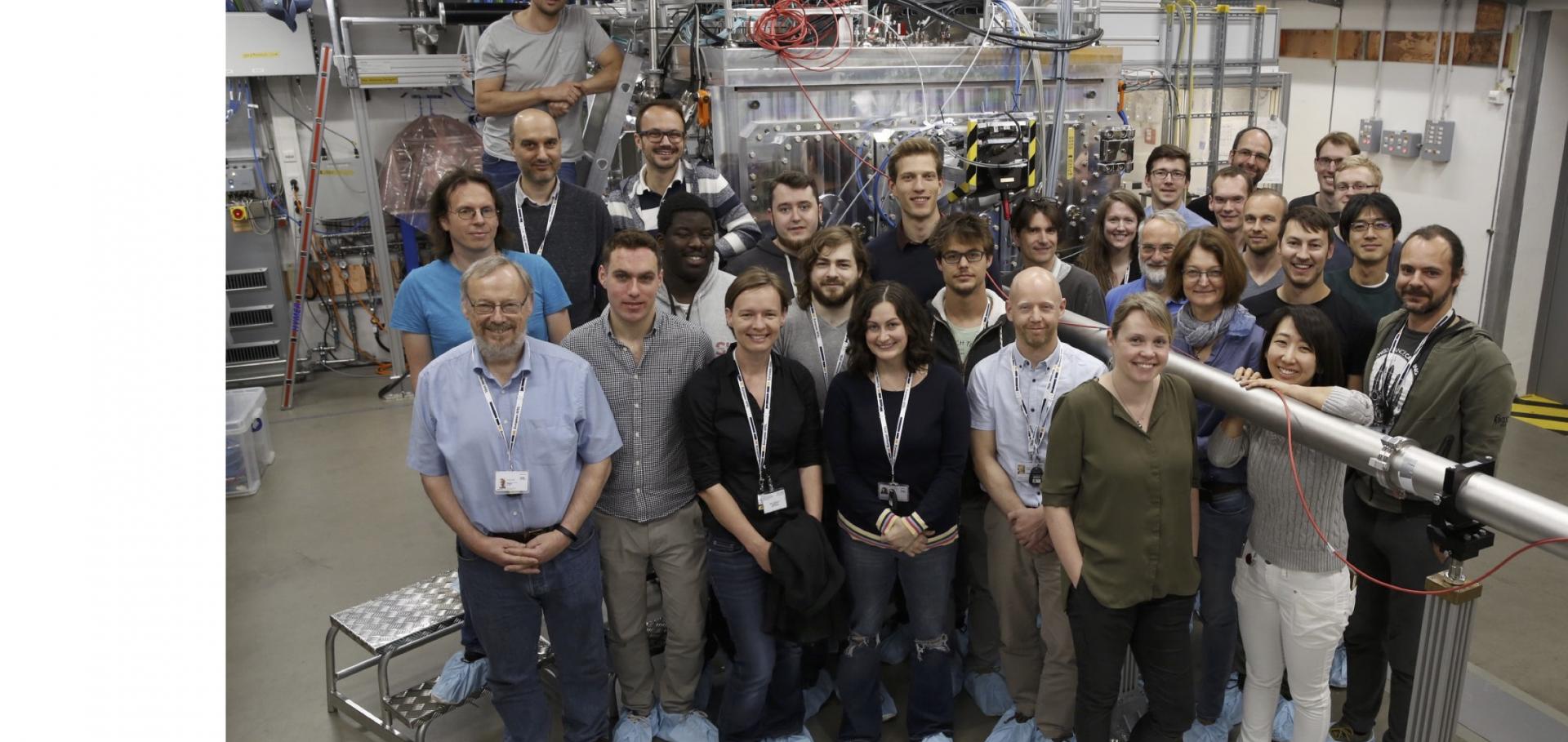Analysis of the x-ray diffraction signal for the α- transition in shock-compressed iron: Simulation and experiment
Phys. Rev. B Condens. Matter Mater. Phys. 74:18 (2006)
Abstract:
Recent published work has shown that the phase change of shock-compressed iron along the [001] direction does transform to the [hexagonal close-packed (hcp)] phase similar to the case for static measurements. This article provides an in-depth analysis of the experiment and nonequilibrium molecular dynamics simulations, using x-ray diffraction in both cases to study the crystal structure upon transition. Both simulation and experiment are consistent with a compression and shuffle mechanism responsible for the phase change from body-centered cubic to hcp. Also both show a polycrystalline structure upon the phase transition, due to the four degenerate directions in which the phase change can occur. © 2006 The American Physical Society.Line radiation effects in laboratory and astrophysical plasmas
JOURNAL OF QUANTITATIVE SPECTROSCOPY & RADIATIVE TRANSFER 99:1-3 (2006) 363-369
Measuring stacking fault densities in shock-compressed FCC crystals using in situ x-ray diffraction
JOURNAL OF PHYSICS-CONDENSED MATTER 18:29 (2006) 6749-6757
Picosecond X-ray diffraction from laser-shocked copper and iron
AIP CONF PROC 845 (2006) 286-291
Abstract:
In situ X-ray diffraction allows the determination of the structure of transient states of matter. We have used laser-plasma generated X-rays to study how single crystals of metals (copper and iron) react to uniaxial shock compression. We find that copper, as a face-centred-cubic material, allows rapid generation and motion of dislocations, allowing close to hydrostatic conditions to be achieved on sub-nanosecond timescales. Detailed molecular dynamics calculations provide novel information about the process, and point towards methods whereby the dislocation density might be measured during the passage of the shock wave itself. We also report on recent experiments where we have obtained diffraction images from shock-compressed single-crystal iron. The single crystal sample transforms to the hcp phase above a critical pressure, below which it appears to be uniaxially compressed bcc, with no evidence of plasticity. Above the transition threshold, clear evidence for the hcp phase can be seen in the diffraction images, and via a mechanism that is also consistent with recent multi-million atom molecular dynamics simulations that use the Voter-Chen potential-We believe these data to be of import, in that they constitute the first conclusive in situ evidence of the transformed structure of iron during the passage of a shock wave.Picosecond X-ray diffraction studies of shocked single crystals - art. no. 62610T
P SOC PHOTO-OPT INS 6261 (2006) T2610-T2610


